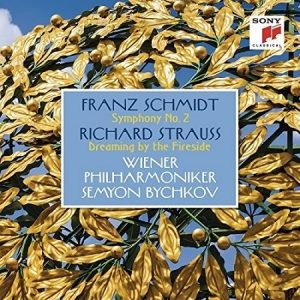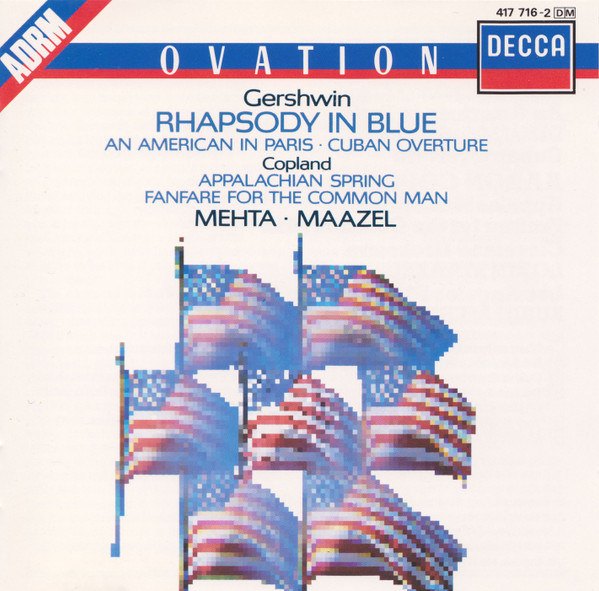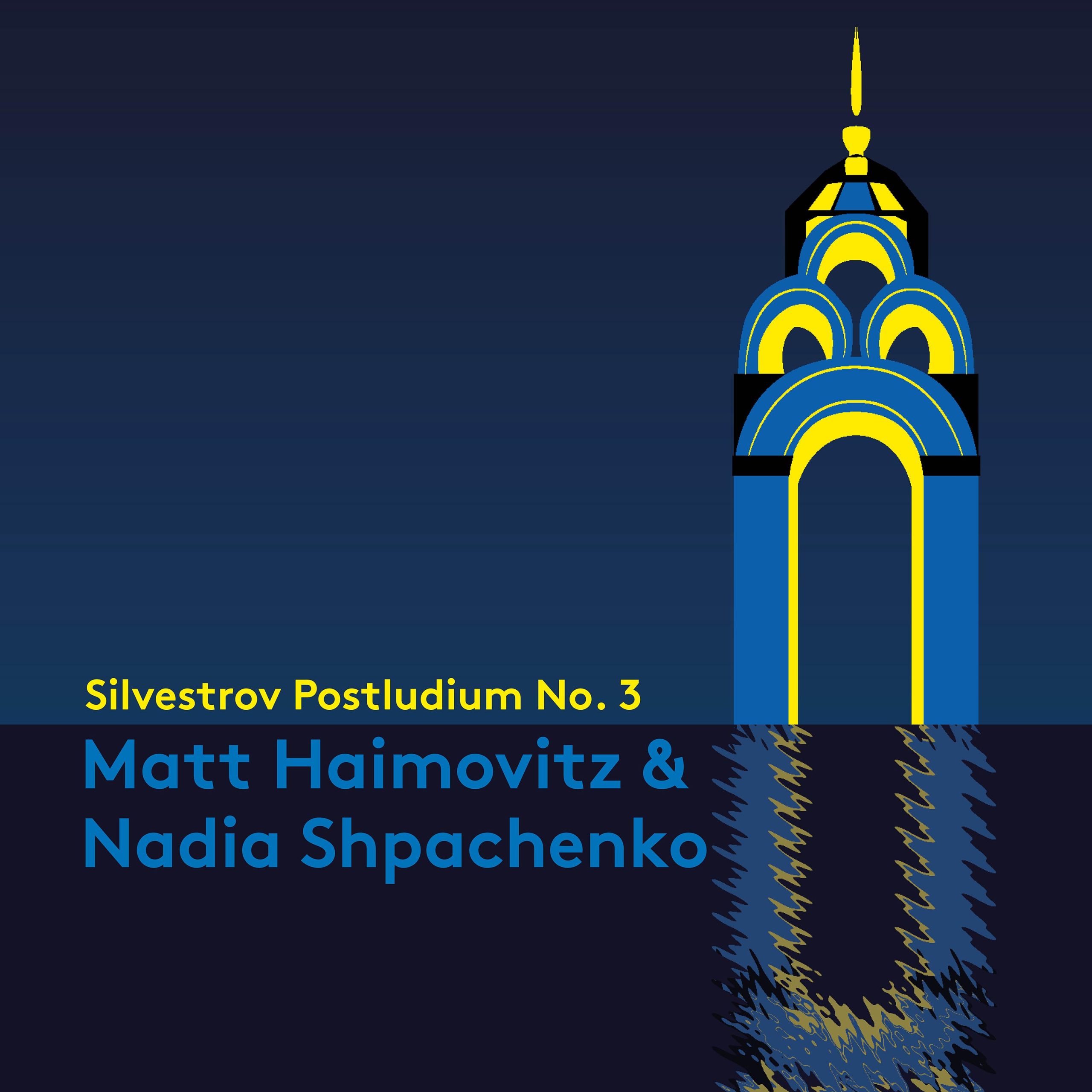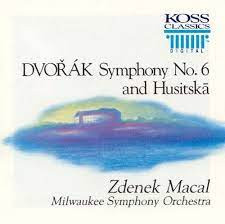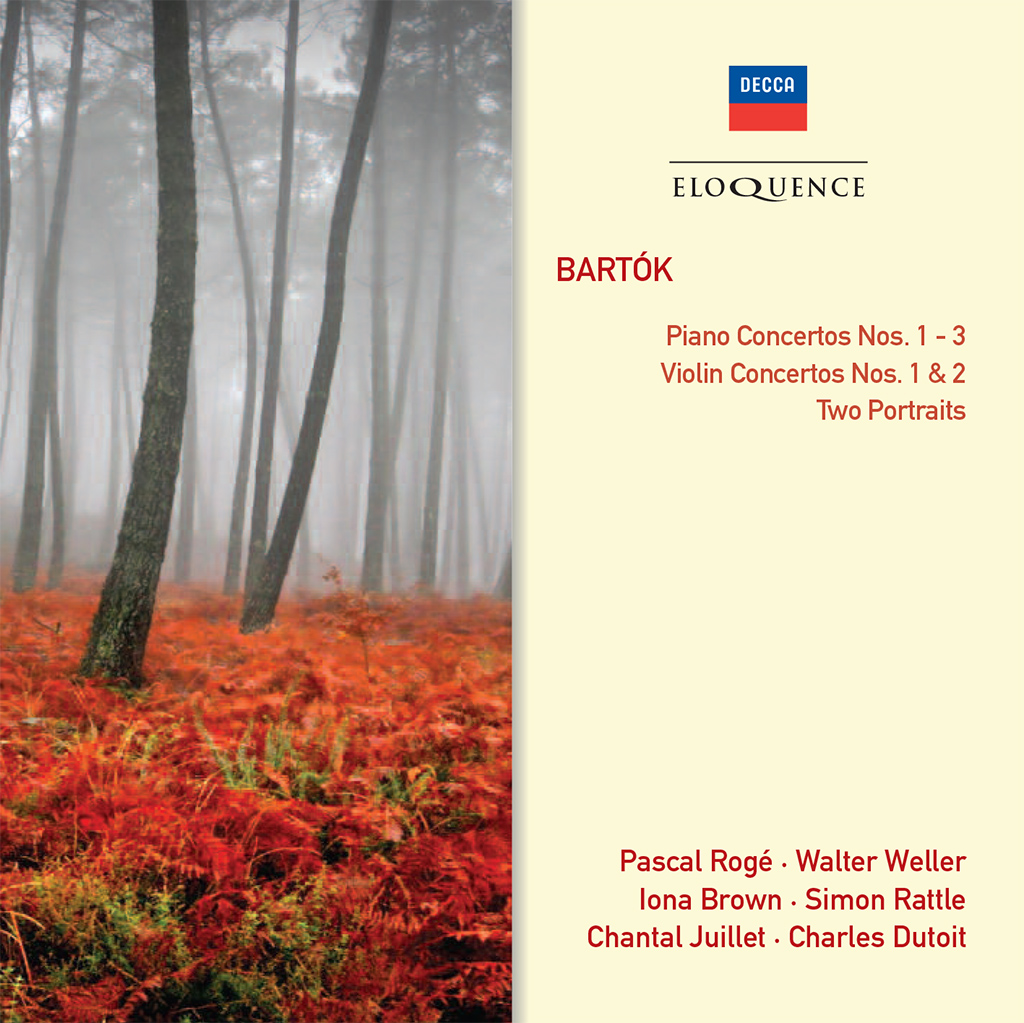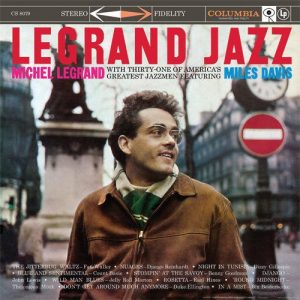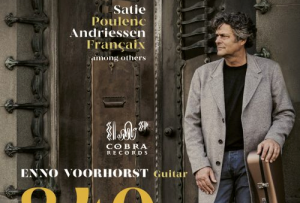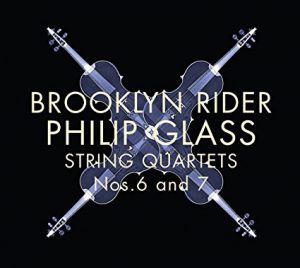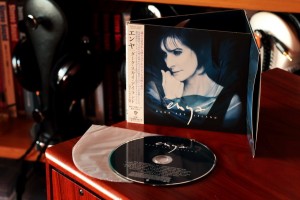SCHMIDT: Symphony No. 2 in E flat. STRAUSS: Dreaming by the Fireside (Symphonic interlude from Intermezzo). Vienna Philharmonic/Semyon Bychkov. Sony Classics 88985355522. TT: 55.14
Downloads: amazon.com (mp3); hdmusic.pw (FLAC); highresaudio.com (not available in U.S.); myopenmp3.com (mp3); prestoclassical.co.uk (FLAC, mp3); primephonic.com (WAV, FLAC; not available in U.S.)
The composer Franz Schmidt, while renowned in his native Vienna during his life, receded into near-obscurity after that; his oratorio, Das Buch mit sieben Siegeln, held onto the fringes of the repertoire, largely because of the advocacy of tenor Julius Patzak. The stereo era, and particularly the CD boom, have since drawn attention to Schmidt's purely orchestral music.
When Zubin Mehta's pioneering Decca/London recording of the Fourth Symphony appeared, commentators cited Schmidt as a successor to Mahler. In this score, however, it's Richard Strauss's influence that dominates: in the surge of the broad themes, in the busy "running" counterpoint that fills out the textures, and in the grandiose jubilation of the climaxes. The first movement's bittersweet second theme, too, is distinctly Straussian, though its simplicity also reminded me of Mendelssohn. Other perceived influences are probably "by association": in the finale, the low brass writing at 5.18 sounded British to me, and the harmonices at 7.40 vaguely French. It's Schmidt's use of the winds, perhaps, that's most distinctive and individual: in the full-bodied, plangent chorale that intones the second movement's theme, and in the extended, searching passage at the start of the third.
The score's three-movement framework, similar to concerto form, works well. (Sony's annotator, Harald Haslmayr, claims also to hear a scherzo-and-trio pattern within the central theme-and-variations movement, which seems a stretch.) The individual structures, however, aren't always quite clear. In the first movement, it's easy enough to make out the first and second themes, and the development begins with a feint towards an exposition repeat, a familiar enough Romantic gesture. After that, however, I was never sure of where we were; the first time around, I missed the recapitulation at 9:46, which arrives with no warning or setup. The second movement's rhythmically, timbrally diverse variations are clear; Schmidt occasionally elides the end of one variation into the start of the next, enhancing continuity. A good forward impulse binds the finale's various episodes, but the movement rambles; and Schmidt stacks multiple endings one on the next, as if he couldn't decide among them.
I really wanted to like this recording. Semyon Bychkov, while a conductor of international stature, has had a bit of a hard-luck recording career. Philips signed him early, but they already had Riccardo Chailly, who got the bulk of the publicity (and, eventually, the Concertgebouw). Later, the boutique label AVIE featured Bychkov in a limited series of recordings with Cologne Radio, including a first-rate Shostakovich Leningrad. His musical instincts are good, and he's displayecd a superior ear for orchestral color. He's earned a higher profile than he's gotten.
But there are problems, and Bychkov himself is one of them. As expected, he shapes the lyrical passages with a clear arc, keeps the running counterpoint out of the themes' way, and maintains rhythmic buoyancy, especially in the waltzy passages. Some passages, however, don't sound quite sorted out. The transition between the first movement's two themes sounds smudged and tentative, as does the complicated texture at 11.06. At 10.45 in the finale, the musical elements briefly come unstuck—it's a bit chaotic, and a particular liability in a discursive movement. These passages don't help make a case for the piece.
Then there's the engineering. The sound can be quite beautiful—it's breathtakingly clean at such spots at 6.03 of the first movement, where a single string line gradually builds into a full texture. But at a volume level that allows you to relish such spots, the tuttis, as on many releases, can be simply unmusical. In the first two movements, the rolling percussion is frankly unpleasant, and covers up everything else to boot. Elsewhere, the trumpets and woodwinds are harsh: it's like being assaulted with their hard upper overtones. This sort of thing wasn't a problem even in early stereo—the tuttis on Decca/London's late-'50s productions don't suffer this way—and it shouldn't be one today. If the orchestra was actually playing like this, shame on them (and on Bychkov for not controlling the sound); if it wasn't, then shame on the engineers and producers for favoring dynamic range over taste and common sense.
Speaking of Richard Strauss, as we were earlier, Dreaming by the Fireside is just an alternative title for our old friend, the Symphonic Interlude from Intermezzo, played as a stand-alone. The writing represents Strauss at his most broadly lyrical; Bychkov colors and inflects the ambivalent melodies affectingly, though he never quite makes sense out of the insistently pulsing accompaniments.
I want to recommend this, but I can't, really.
Stephen Francis Vasta is Principal Conductor of Lighthouse Opera in New York (lighthouseopera.org)




